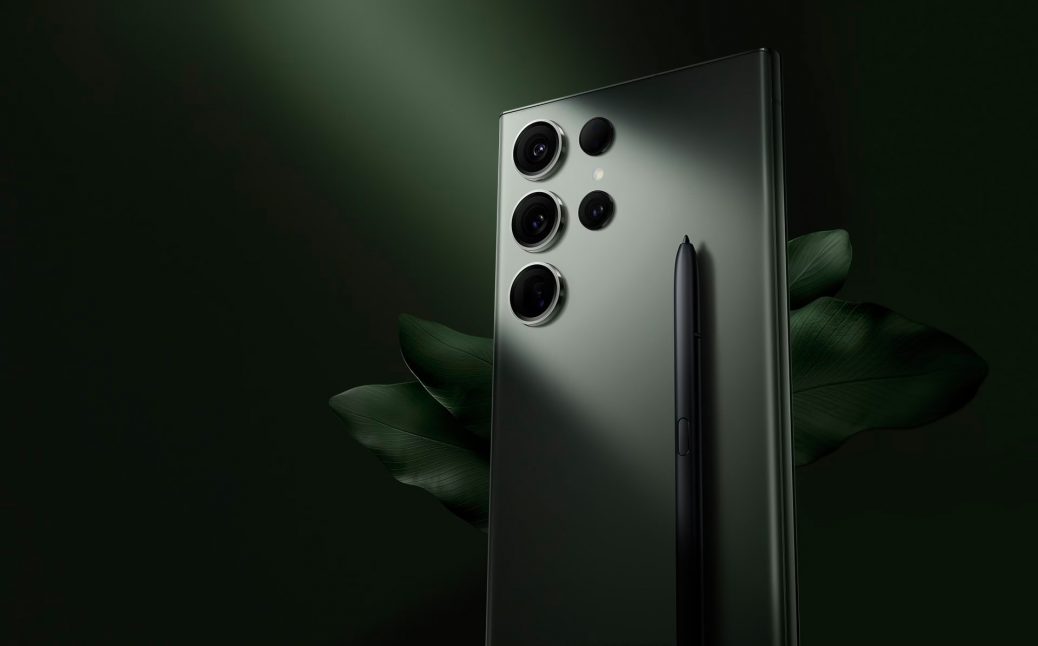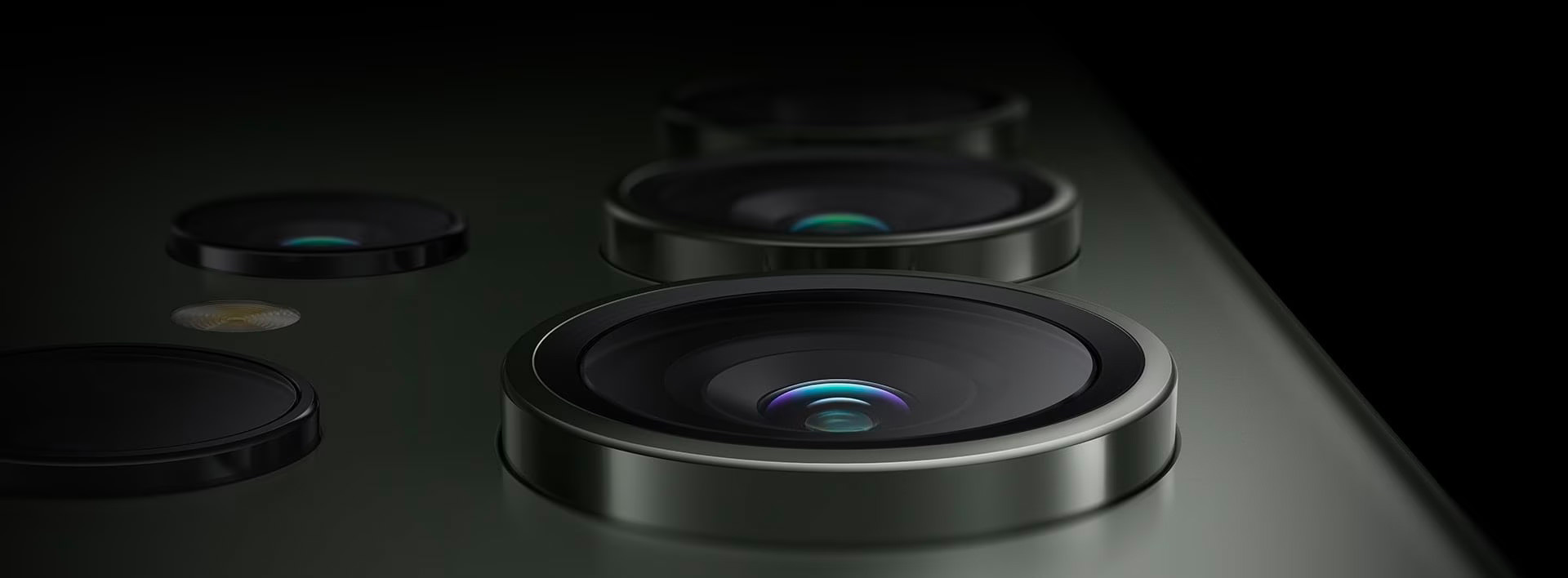Samsung Unveils New Galaxy S23 Devices
Samsung announced its next trio of flagship smartphones at its annual Unpacked event in San Francisco, headlined by the Galaxy S23 Ultra and flanked by the Galaxy S23+ and Galaxy S23. As one might assume, these are primarily iterative revisions to preceding models, with a few major modifications. With a new image sensor, Samsung is also aiming for the best in mobile photography.
Before this unveiling, Samsung introduced its latest 200-megapixel ISOCELL HP2 image sensor, which fits with one of the Galaxy S23 Ultra’s themes: night and low-light shooting. Given that Samsung has mentioned Nightography in multiple launches, it will be interesting to see how this phone performs under those settings.
The HP2 sensor employs Tetra2pixel — or 4×4 — pixel binning to adjust how it shoots at different resolutions. In the standard photo mode, 4×4 binning will shoot at 12.5-megapixels with larger 2.4m, but it can also combine pixels in 2×2 binning to photograph at 50 megapixels at 1.2m. It lowers to 0.6m for the full 200 megapixels. When shooting 8K video, the HP2 will switch to 50 megapixels at 1.2m to avoid over-cropping the frame.
Samsung has included Expert RAW in the camera app rather than burying it in the Galaxy Store as it previously did. It can also shoot at 50 megapixels, a significant advance over the 12-megapixel limit of the Galaxy S22 Ultra.
Multiple Exposure is one of the newest settings available. It enables you to take many photographs and overlay them on top of one another. It can do so with up to nine photographs in either continuous or manual mode. This implies that you may either capture a topic in continuous motion or manually photograph different scenarios and stack elements from them on top of each other in varying opacities.
This mode is included in Expert RAW and is only available when shooting at 12 megapixels.
Expert RAW includes astrophotography, which Samsung believes will compete with Google’s Astrophotography mode. The mode is elective on Samsung phones, which means you can use it whenever you want, except it shoots at a minimum of a four-minute exposure, making it worthless until it’s dark enough outside.
The Galaxy S23 Ultra’s wide lens (23mm equivalent) dominates the entire range here, but there are also 12-megapixel ultra-wide (13mm equivalent), 10-megapixel telephoto (70mm equivalent), and 10-megapixel periscope telephoto (230mm equivalent) options. Samsung promises that thanks to software upgrades, night and low-light images will be better on all of them, although that remains to be seen in the face of fierce competition from other suppliers.
The other two phones have similar hardware, with 6.6-inch Dynamic AMOLED 2X for the S23+ and 6.1-inch Dynamic AMOLED 2X for the S23. Nothing has changed from their predecessors, from the 50-megapixel wide lens (23mm equivalent) to the 12-megapixel ultra-wide (13mm equivalent) and 10-megapixel telephoto (70mm equivalent).
Many other specifications remain unchanged, with the S23 Ultra maintaining the same 6.8-inch Dynamic AMOLED 2X display (3200 x 1440) with a 120Hz refresh rate. One improvement I noticed was that the curved edges are nearly non-existent, giving the phone an even more pronounced curve. The other two models remain as flat as they have for years.
Samsung will release all three phones in February 2023 with varying memory and storage options, while the colors will be consistent across all three smartphones. The Galaxy S23 Ultra, S23+, and S23 will be available in phantom black, cream, green, and lavender.
The Galaxy S23 costs $799, while the S23+ costs $999. The S23 Ultra is priced at $1,199.


